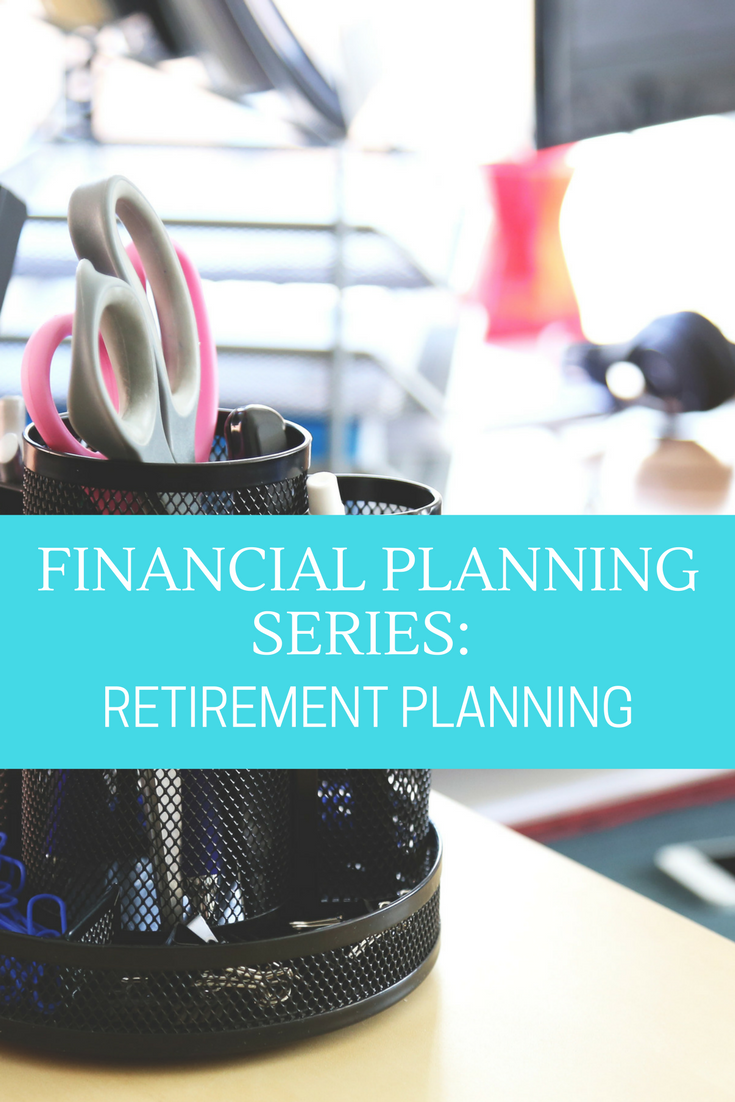Retirement planning can be a bit confusing, trying to figure out what you will need and how to plan when you’re not even sure yet what your lifestyle will be and how long you will need to live on savings. But there are two things you can know for sure … first, you are never too old or too young to start planning and second, you will definitely need a retirement plan.
Knowing those two things, it may surprise you to also know that less than half of all Americans have taken the time and steps to start saving for retirement and that 30% of people who work in private industry and have access to a 401K or other savings plan do not participate. Considering that the average American lives in retirement for about 20 years and Social Security is not guaranteed, it’s time to take retirement planning seriously.

Here are some tips for getting started:
Start saving and keep saving.
If you’ve already started saving, great! If not, it’s time to work a savings plan into your monthly budget. Look for savings options that pay interest, are tax-free, and keep your money out of easy access. You don’t want to be tempted to dip into your savings.
Calculate what you need as best as you can.
Experts estimate that you will need at least 70% of your preretirement income annually to live if you’re making a 6-figure income. If you’re making less, you’ll need closer to 90% of your income to maintain your lifestyle. That is based on your home being paid off. If you’ll still have a mortgage in retirement, you’ll need to plan for 100% of your preretirement income. Keep in mind that your medical expenses will likely increase in retirement as well.
Determine how you will meet those expenses.
Include your pension, investments, Social Security, and any income you will continue to receive like payments from rental properties. If you’re not sure what you can expect to receive from Social Security, request a copy of your benefits estimator from the Social Security website. On average, you can expect to receive 40% of what you earned before retirement based on your seven highest-paid years. Your benefits will vary though depending on when you take benefits, so that’s important to calculate when determining when you plan to retire. You will receive fewer benefits if you start taking them at 62 than if you hold out and take them at 65.
Now that you know what income you can expect to receive after your paychecks stop, you’ll need to fill the gap with your savings. Knowing how much you will need to live on for at least 20 years and how much you will have coming in, you should be able to figure out what you’ll need to fund your retirement nest egg.
Planning for retirement doesn’t have to be confusing; it just involves a few calculations. Calculate your expected expenses and your expected income for the years you plan to live in retirement, determine the difference, then make a plan to start saving so you reach your savings goal before you reach retirement.

Emilie is a prolific blogger, and influencer inspiring millennial women to live financially, physically, and professionally fit lives. She writes about overcoming debt, while balancing trying to eat healthy, stay fit, and have a little fun along the way. She is a politics major turned data engineer who graduated from Princeton University in 2015. She currently lives in North Carolina with her college sweetheart Casey who is currently stationed at Fort Bragg. She enjoys eating food, cuddling with her dog, and binge watching HGTV.
Hi, Emilie! I agree with you! Retirement planning doesn’t have to be that confusing. Giving it time and resources, you will be able to do it and be on the right track. While planning, don’t forget to add and consider your health now and the future. Health issues can be one of the reasons that can have a detrimental effect on your finances. Know various health care options that you can use to pay for your health care needs during retirement. Those options include but are not limited to Medicare, Medicare supplements, long term care insurance and Medicaid. Learn how their coverage can give you benefits.